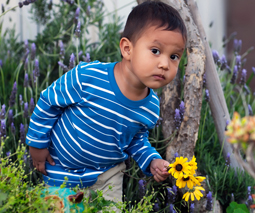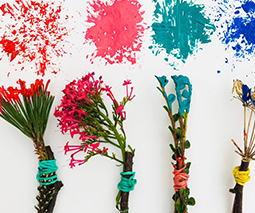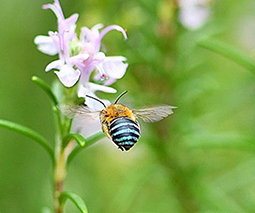9 fun and educational Montessori-inspired activities to try at home
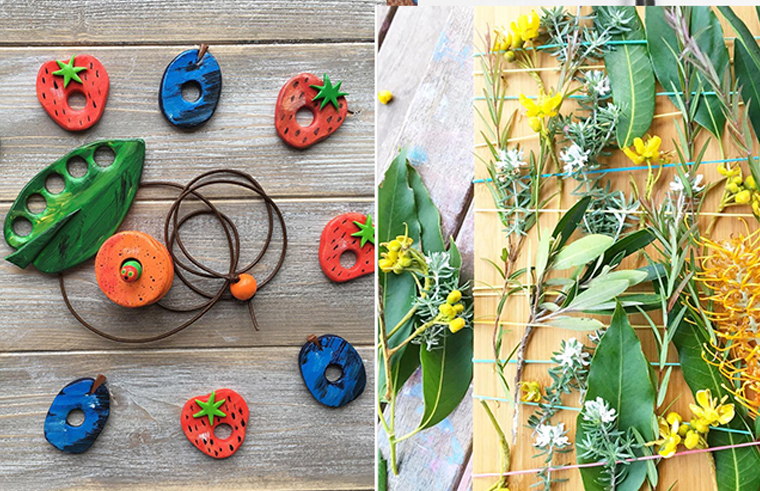
As the product of Montessori education myself, I can categorically say that this philosophy provides a brilliant – and fun – start to early learning. Fond memories of adventures abound!
What’s Montessori all about?
Maria Montessori’s popular Montessori approach to education sees children being supported to follow their natural developmental path. Children are encouraged to explore and become confident, independent learners.
“Children develop concentration and joyful self-discipline,” Montessori Australia explains, “Within a framework of order, the children progress at their own pace and rhythm, according to their individual capabilities.”
You’ll find Montessori methods being used in over 22,000 schools across the globe and its proponents say it has a more enduring record of success than any other educational approach.
Montessori at home
Parents can take inspiration from the Montessori method and promote this love of learning at home in lots of ways.
Here are some brilliant places to start …
1. Kids in the kitchen
Start at the heart of the home – in the kitchen – and get little hands measuring, mixing and generally pitching in with important daily duties. Children can scrub potatoes, count out ingredients, whisk, beat, stir, crack eggs, weigh things, sort shopping, spoon mixture in to muffin tins – the list goes on.
Avoid ticking kitchen tasks briskly off your to-do list, enlist your child’s help and slow things down. They’ll learn important lessons and you will remember how nice it is to enjoy the journey (not just focus on the destination.)
2. Green thumb
Out in the garden, there are plenty of brilliant adventures to be had – and knowledge to soak up around colour, shape, life cycles, texture, care, persistence and more. You and your child could grow things from seed, grow a plant from a potato or two, nurture some sprouts, grow bulbs – and that’s just for starters.
More ideas include weeding the garden together (and talking about why you weed), growing vegetables, picking fruit (head to a fruit farm, perhaps?) and spotting creatures large and small in your neck of the woods. Extend this learning even further by popping over to Pinterest and seeking out some printables that match the green thumbed adventures you’ve been having.
3. Weather station
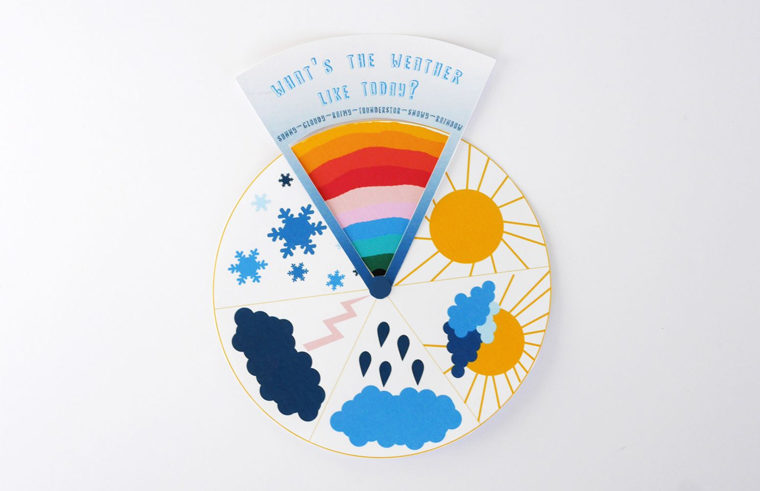
Weather wheel printable by Hello Wonderful
Talking about the weather is an easy fallback for grown-ups, but for kids it’s a launching pad for all kinds of adventures into colour, science, shape, language and much much more. You can make the weather part of your child’s day in a fun and educational way by setting up a weather station at your place. Your child can observe the weather and document it in a really fun and hands on way.
There are lots of ways to extend this weather noticing further – singing songs about the weather, drawing the weather day, counting clouds or decoding cloud shapes – use your imagination!

Weather gnomes by Honey Bee Toy and Craft
4. Nature table
All this roaming out in the garden, growing things and noticing the elements can be cleverly combined into a nature table. Gather things from outdoor adventures and collate them on a table of found things. Or set up a more formal nature table, with a weekly or monthly theme. Perhaps it’s dinosaurs one week and the life cycle of butterflies the next?
Pay attention, let your child lead the way and you won’t go wrong. Again, you can extend the fun by downloading some printables – or simply have some long chats together about what excites your child in the natural world.
5. Simple sorting
The simple task of sorting can tap into a whole lot of important processes that go beyond simply tidying up. Sorting encourages children to think about the sizes, colours and shapes of things, as well as how things are similar and different. Sorting allows children to order and organise their work, and to retrieve information in very specific – and valuable – ways. Tasks can be as off-the-cuff as sorting socks or a little more premeditated – like the pompom sorting activity below.
6. Shapes and lines
Shape spotting and tracing is a great way to help encourage your child’s learning and discover more about the world together. Look for shapes in your own home – or when you’re on the go – or invest in some simple toys that make shapes and lines more hands on and tangible.
The toy below – from Treasures for Jennifer – is a great example of a hardworking toy that bundles learning about colour, line, shapes and sorting – with a hefty dose of fine-motor skill refinement thrown in for good measure.
7. Sensory baskets and trays
This brilliant idea gathers interesting objects together in a jumble of shapes, textures and colours. Not only will it keep little hands busy, as they play they’re making connections between the objects – and themselves – and learning brilliant little lessons as they go.
These kinds of activities also encourage language development, observational skills, storytelling and all kinds of imaginative play – and it’s all child led (with a little jump start from mum or dad!)
8. Threading
Hand-eye coordination gets a brilliant work-out with threading activities, and there’s a real sense of achievement as the threaded object count grows and grows.
There are lots of things you can rustle up for this activity, try beads, pasta shapes, breakfast cereal, cotton reels … Have a scout around your place for more ideas. You could also head online for some lacing cards or threading toys for your kiddo.
9. Counting and maths concepts
Early adventures in maths don’t have to be based around ‘maths-y toys’. Kids are learning about numbers as they explore their world every single day. They count their shoes, their siblings or parents, and you’re probably counting out their spoonfuls at dinner time.
That said, you can dive deeper into counting with some focused, yet free, play, which provides opportunities for your little one to adventure into numbers in a fresh way. Again, the great thing about Montessori is that it focuses on making abstract maths concepts more tangible with hands-on learning tools and toys.
View this post on Instagram
And remember, Instagram is a brilliant resource when it comes to inspiration for Montessori play at home. Search the #montessoriathome hashtag to rustle up a bunch of great ideas and connect with other parents who are using this approach on their little learners.
